This article was co-authored by Anthony Stark, EMR. Anthony Stark is a certified EMR (Emergency Medical Responder) in British Columbia, Canada. With over 11 years of experience, he has worked as an industrial medic and provided urban and rural paramedic services. He currently works for Mountain View Safety Services and previously worked for the British Columbia Ambulance Service. Anthony has a Bachelor of Engineering in Electrical, Electronics, and Communications Engineering from the Georgia Institute of Technology. He has completed the EMP Canada EMT Course and Swiftwater Awareness Training associated with the British Columbia Ambulance Service.
There are 14 references cited in this article, which can be found at the bottom of the page.
This article has been viewed 59,566 times.
Small cuts and scrapes happen all the time, but luckily, these minor injuries are easy to treat at home. By taking a few simple precautions, you can easily prevent infection and encourage your cut to heal quickly. Before attempting to treat the wound yourself, be sure that it is truly minor. If it is a deep cut and/or it is bleeding uncontrollably, you will most likely need professional medical treatment, including stitches.
Steps
Stopping the Bleeding
-
1Decide if you should treat the cut yourself. Not all cuts should be treated at home. Seek medical attention right away if any of the following are true:[1]
- The cut is spurting blood.
- The edges of the wound are jagged or far apart from each other.
- The wound keeps opening.
- It is a deep cut or puncture wound, such as more than 1/4 inch deep.
- The cut goes through muscles or tendons.
- The wound was caused by an animal or human bite.
- The cut is accompanied by severe pain.
-
2Wait for minor bleeding to stop. If you have a minor cut, the bleeding will normally stop on its own. You can wait a minute to see if the bleeding will stop before you do anything about it.[2]Advertisement
-
3Apply pressure. If the bleeding does not stop quickly on its own, you can help it stop faster by applying pressure directly to the wound. Use a sterile cloth or gauze to apply pressure and avoid introducing germs.[3]
- Keep the pressure constant and avoid removing it every few seconds to see if the bleeding has stopped. This can slow down the formation of clots.
- If the bleeding still hasn't stopped after ten minutes, you may need stitches, so see a doctor.
-
4Elevate the affected area. Another way to help stop a cut from bleeding is to raise the affected area over your heart to inhibit blood flow. For example, if the cut is on your hand, hold it over your head. If the cut is on your foot, lie down on your back and raise your leg in the air.[4]
- This method only works if the cut is on a limb. If it is on your torso, you will have to apply pressure to stop the bleeding.
Preventing Infection
-
1Wash your hands. If you need to treat a cut, wash your hands thoroughly first. This will help remove germs from your hands that might otherwise infect your cut.[5]
- If you have a cut somewhere on your body that is not on your hands, you may want to wear sterile gloves while treating it. This will prevent you from transferring germs that may be on your hands to your open wound. If you are treating someone else's cut, wearing gloves will also protect you against blood-borne pathogens the other person may have.
-
2Clean the wound. Once your hands are clean, begin treating the cut by wiping away any dirt or debris off of the wound. Use a piece of sterile gauze to wipe the dirt or debris out from the wound in a starburst fashion. Then, begin flushing out the wound with cold water. The easiest way to do this is by holding the injured body part under running water. This will also help to remove debris and bacteria from the wound.[6]
- Be sure to use cold water, not hot.
- If you don't have access to a sink, you can pour bottled water or saline solution over the cut to clean it. You can also wipe it clean with a sterile cloth.
- If there is still debris in the cut even after your flushed it, you will need to remove it. You can do this with sterile tweezers. (Sterilize them by rubbing them down with rubbing alcohol or boiling them in water.)
- Many people use solutions like rubbing alcohol or hydrogen peroxide to clean wounds, but this is not necessary. They will not clean the wound any better than cold water, and they will cause pain.
-
3Apply an antibiotic. Once you've finished cleaning your cut, you may want to apply an antibiotic ointment. This will help keep the cut infection-free.[7]
- Don't do this yet if your cut is still bleeding.
- You can use antibiotic ointments with or without bandages.
- Some people have allergic reactions to antibiotic ointments. If you develop a rash, discontinue use of the product.
- Some experts recommend against using antibiotic ointments, as they may contribute to the development of antibiotic-resistant bacteria.[8]
- If you choose not to use antibiotic ointment, be sure to clean the area immediately around your cut every day until it is healed.[9]
-
4Confirm that your tetanus vaccines are current. If you have had a tetanus shot within the last five years, you will not need any further shots just because you got a cut. If you are not up-to-date on your tetanus shots, however, you should see your doctor right away to get vaccinated.[10]
- Not all cuts require tetanus boosters, but it's generally advised for cuts that are deep or have had dirt or other contaminants in them. If you're not sure whether your cut necessitates a tetanus shot, call your doctor.
- If you're not sure when your last tetanus shot was, call your doctor to find out.
-
5Look for signs of infection. As the cut heals, check it regularly and watch for signs of infection. If you notice any of the following symptoms, see your doctor:[11]
- Redness
- Pain
- Swelling
- Pus
- Fever
Dressing the Cut
-
1Make sure the bleeding has stopped before covering the cut. Before you attempt to dress your cut, it's important to make sure that the bleeding has stopped and the wound is clean. Once you confirm this, you may cover your cut to help protect it.[12]
- If you haven't done so already, you can apply some antibiotic ointment to the cut right before covering it.
- If the wound is in an area that won't get dirty or be irritated by clothing, you can leave it uncovered.[13]
-
2Choose the right bandage. The easiest way to cover a wound and protect it while it heals is to use an adhesive bandage. If you use an adhesive bandage, be sure to choose one that is large enough so that it won't stick to the wound at all.[14]
- You can also use gauze and surgical tape to cover your wound.
- If a regular bandage won't work for you, try applying a liquid bandage to your cut. This clear hardening liquid will protect the cut just as much as a traditional bandage, and it will stay in place even in awkward areas, like between your fingers.[15]
-
3Change the bandage regularly. It's important to keep your wound clean and dry as it heals. In order to do this, you must change your bandage whenever it gets wet or dirty.[16]
- It's a good idea to change the bandage daily, even if it appears clean and dry.
- You can apply more antibiotic ointment when you put the new bandage on. You may also want to clean your cut with water or saline solution if it is still open.[17]
-
4Remove the bandage. Once your cut has formed a scab, you can remove the bandage if you want. The scab will help protect it until it is fully healed.[18]
- If you will be doing something that may cause the cut to get dirty or irritated, be sure to cover it.
- If you are concerned about scarring, you may want to prevent the formation of a scab. You can do this by applying petroleum jelly to the cut regularly to keep it moist. Keeping a bandage over the cut will help keep the petroleum jelly in place.[19]
Warnings
- If you have a history of infections, always be sure to pay extra close attention for signs of infection!⧼thumbs_response⧽
- If the cut becomes infected, go see a doctor right away. Infected wounds can be very dangerous.[20]⧼thumbs_response⧽
- Never use cotton wool to dress a cut, as loose cotton fibers can get stuck in the cut, which might eventually cause an infection.[21]⧼thumbs_response⧽
References
- ↑ http://www.aboutkidshealth.ca/En/HealthAZ/ConditionsandDiseases/FirstAid/Pages/cuts-scrapes-children.aspx
- ↑ https://www.mottchildren.org/health-library/sig39875spec
- ↑ https://www.urmc.rochester.edu/encyclopedia/content.aspx?ContentTypeID=1&ContentID=2978
- ↑ http://www.nhs.uk/Conditions/Cuts-and-grazes/Pages/Introduction.aspx
- ↑ https://www.aad.org/public/everyday-care/injured-skin/burns/treat-minor-cuts
- ↑ http://www.aboutkidshealth.ca/En/HealthAZ/ConditionsandDiseases/FirstAid/Pages/cuts-scrapes-children.aspx
- ↑ https://www.aafp.org/afp/2002/0715/p315.html
- ↑ https://www.urmc.rochester.edu/encyclopedia/content.aspx?contenttypeid=1&contentid=2978
- ↑ https://www.aad.org/public/skin-hair-nails/injured-skin/wound-care
- ↑ https://www.nhs.uk/conditions/cuts-and-grazes/
- ↑ https://medlineplus.gov/ency/article/000043.htm
- ↑ https://www.nlm.nih.gov/medlineplus/ency/presentations/100208_4.htm
- ↑ https://www.urmc.rochester.edu/encyclopedia/content.aspx?ContentTypeID=1&ContentID=2978
- ↑ https://www.nlm.nih.gov/medlineplus/ency/presentations/100208_4.htm
- ↑ https://www.nlm.nih.gov/medlineplus/ency/patientinstructions/000497.htm
- ↑ https://www.urmc.rochester.edu/encyclopedia/content.aspx?ContentTypeID=1&ContentID=2978
- ↑ http://woundcaresociety.org/how-often-should-i-change-dressing-on-a-wound
- ↑ http://www.aboutkidshealth.ca/En/HealthAZ/ConditionsandDiseases/FirstAid/Pages/cuts-scrapes-children.aspx
- ↑ https://www.aad.org/public/skin-hair-nails/injured-skin/wound-care
- ↑ http://www.aboutkidshealth.ca/En/HealthAZ/ConditionsandDiseases/FirstAid/Pages/cuts-scrapes-children.aspx
- ↑ http://www.nhs.uk/chq/Pages/1054.aspx?CategoryID=72&
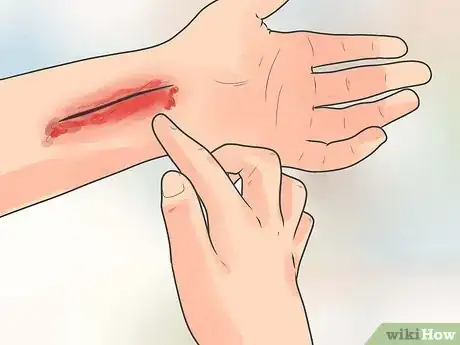

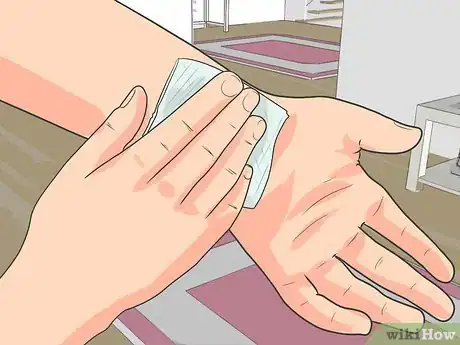
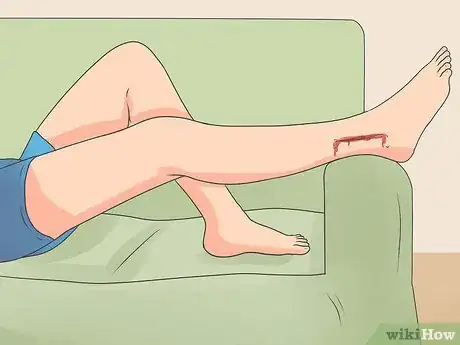
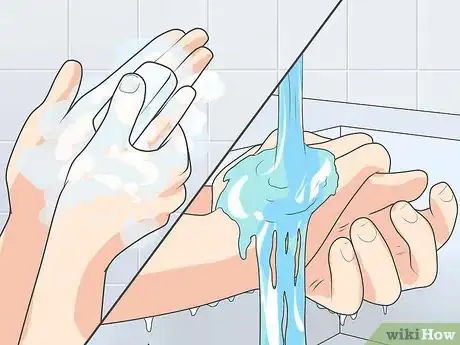

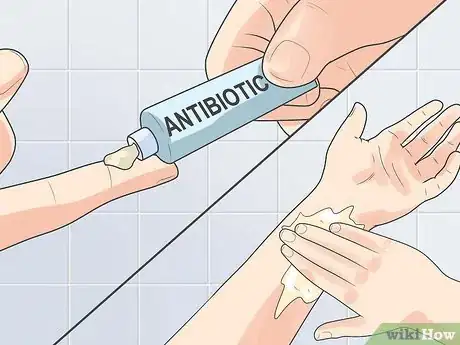

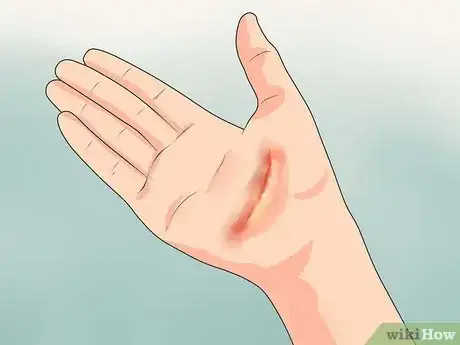
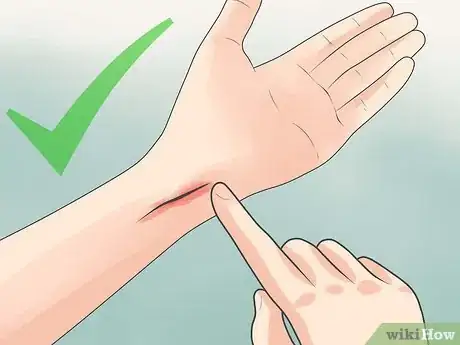
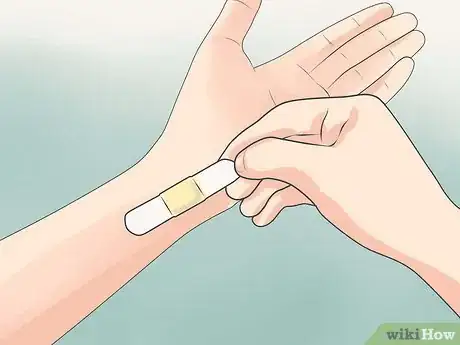

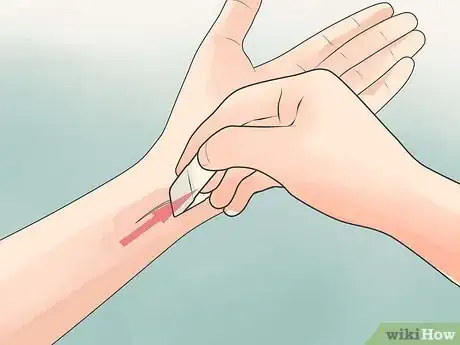


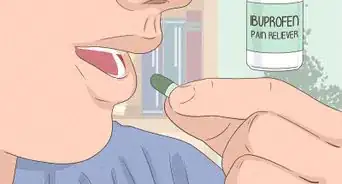
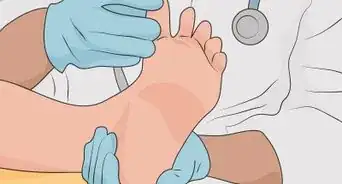
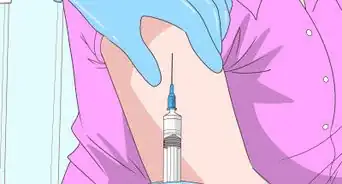

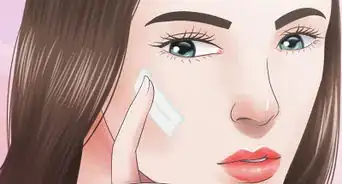
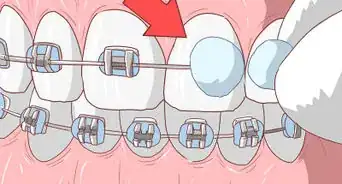


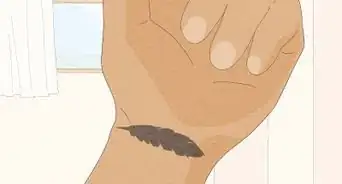
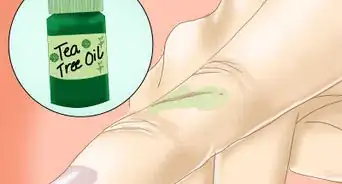








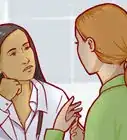
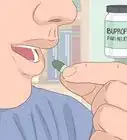




































Medical Disclaimer
The content of this article is not intended to be a substitute for professional medical advice, examination, diagnosis, or treatment. You should always contact your doctor or other qualified healthcare professional before starting, changing, or stopping any kind of health treatment.
Read More...